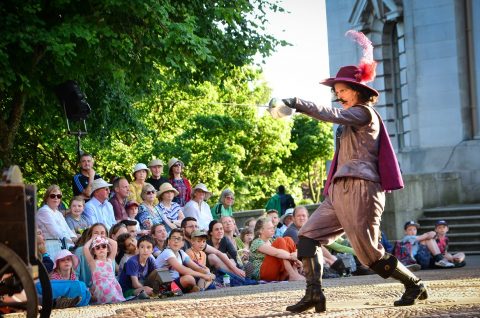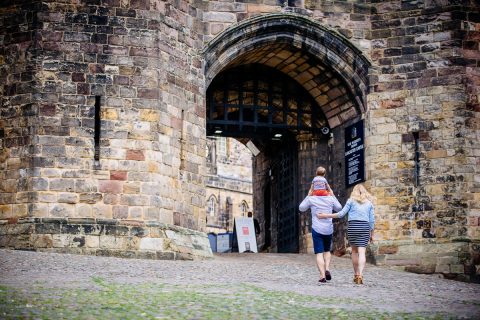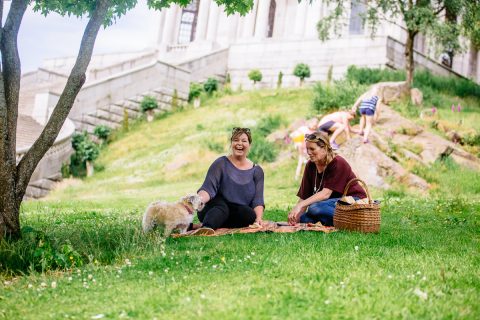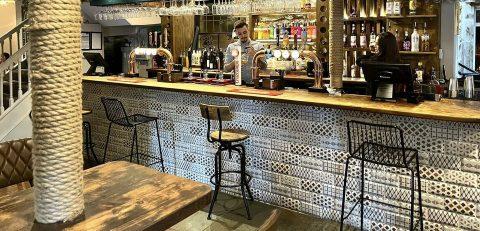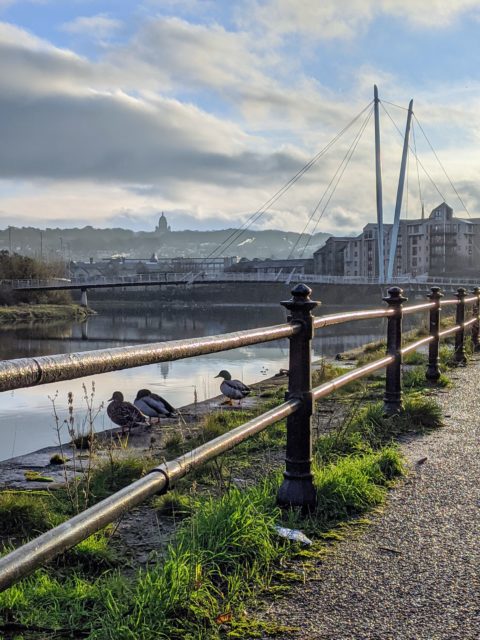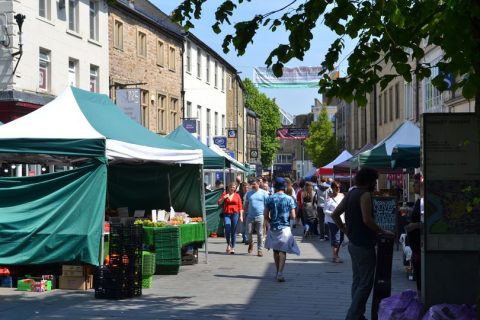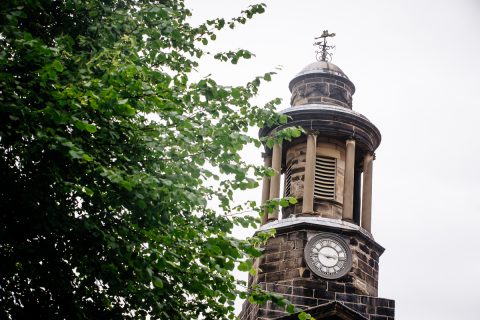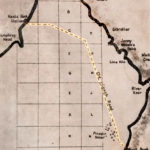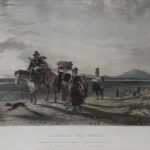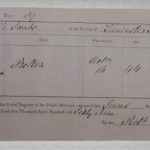Crossing the Sands
Longways / Crosswise from Jonny Randall on Vimeo.
The haunting and beautiful Longways & Crosswise takes place on the coastline of Morecambe Bay. Inspired by David Cox’s provocative paintings of the crossings, and in particular by the unnamed women who perished while crossing the sands and are documented simply as ‘wench’ next to their named male travelling companions.
Here, the cast of professional dancers tell the stories and tales of those that once crossed the sands in the last of the light; witness to the phenomenal transformation of the bay at day’s end.
The many movement patterns of the bay are described in the bodies of the dancers as they trace the folds of the sand and the flow of the tide, dancing the ridges and ripples of the bay’s unique, ever-changing landscape. Between water and land, between day and night, between those that once walked the sands and those that still do, Longways & Crosswise creates a tangible, lived encounter with the shifting, sifting world of Morecambe Bay.
By About Time Dance Company, for Morecambe Bay Partnership Trust and funded by the Heritage lottery. The work is co-choreographed by Jenny Reeves and Ellen Jeffrey.
“On a fine day there is not a more pleasant sea ride in the Kingdom” – Thomas West, 1774.
The crossing of the Morecambe Bay sands has a long and varied history. From Roman Generals, to Medieval Monks, all kinds of people have crossed the sands for one reason or another. It has been described in the past by some as the most dangerous highway in Britain, and by others as the most pleasant sea ride in the Kingdom…

“Coach Crossing Lancaster Sands” Unknown Artist, c.1820
In the past, Morecambe Bay sands has provided many travellers with a short, but treacherous route between the east of the bay and the Furness peninsula. As early as AD79, it is thought General Agricola used this route and that other Romans often crossed from Cartmel to Kents Bank.
During the early days of Furness Abbey, various inhabitants of Bolton-le-Sands donated land to the monks including Henry, son of Robert of Bolton in 1230AD. By the time of the Dissolution of the Monasteries (1537) during King Henry VIII’s reign, some 370 acres of village land was owned by the Abbey. Monks would cross the bay from Bolton-le-Sands as would many cross-bay travellers to avoid the long and difficult journey by road.
In 1322, Robert the Bruce and his marauding army used this route to invade England marching on to Lancaster which they burnt.
In the Middle Ages a chantry was built in Bolton-le-Sands so that travellers who crossed safely had somewhere to give thanks and those about to cross could pray for a safe journey. Although its location is unknown, it is thought to have stood along St. Nicholas Lane which was the road commonly used by travellers. This route was still used by travellers as late as the 19th century.

“Market People Crossing the Sands” David Cox, 1839
The dangers of the quicksand and ever-changing tides made it essential that travellers should have the help of a Guide. During the 16th century, they were paid out of funds from Cartmel Priory. Subsequently, the Duchy of Lancaster took over this responsibility after the Dissolution. The salaries then passed into the control of the Charity Commissioners by the Charitable Acts of 1853 and 1869 and gradually their role became what it is today. Without these guides, there would have been many more tragedies. Unfortunately, regardless of these guides the parish church recorded 12 cases of drowning between 1655 and 1736.
The earliest coach travel from Hest Bank to Kents Bank took the form of ‘dillies’ which seated only 3 passengers. In 1785 a more substantial coach took over which held up to 13 people as well as heavy luggage. They ran every Sunday and were pulled by 4 horses, but they frequently got stuck because of their weight. This often meant leaving the coach in the sand, cutting the horses free and passengers having to walk to the nearest shore, sometimes carrying their luggage! Though, there were some not so lucky. In 1821 a mail coach got stuck and the driver unfortunately drowned while trying to free the horses. Lighter and faster coaches were soon introduced.
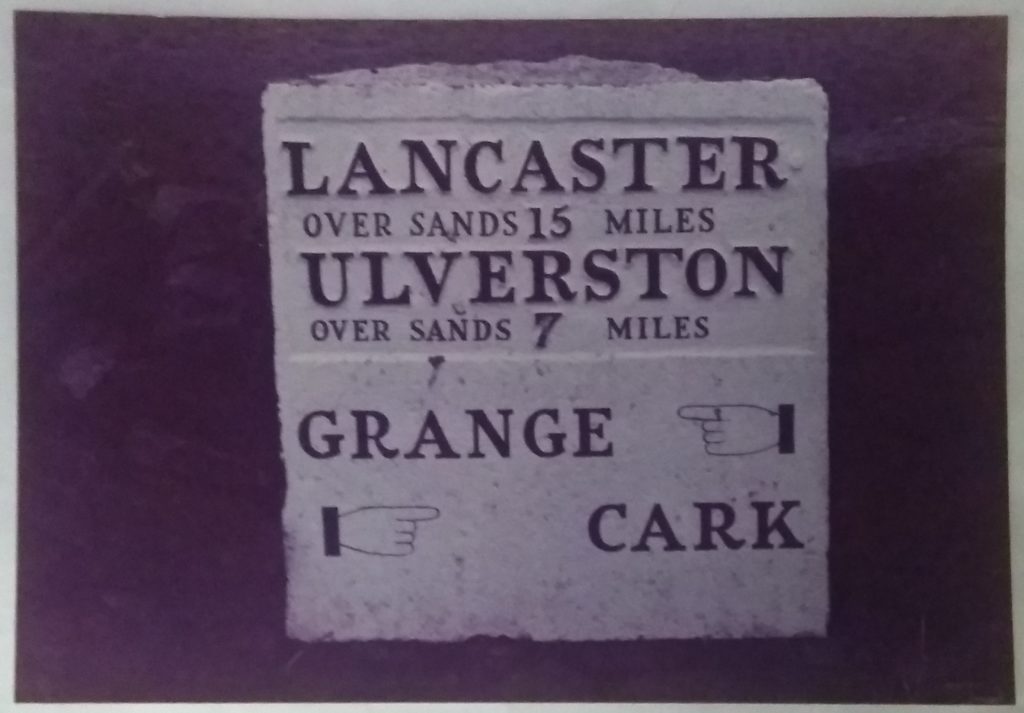
The Hest Bank Inn, once called The Sandes Inn, was the staging post and service halt for the daily stagecoach crossings. It was first licensed to brew mead, ale, sack, honey beer and sold cooked game. However, with the construction of the railway in 1857, over-sands travel was nearing an end as travel by rail became increasingly popular.
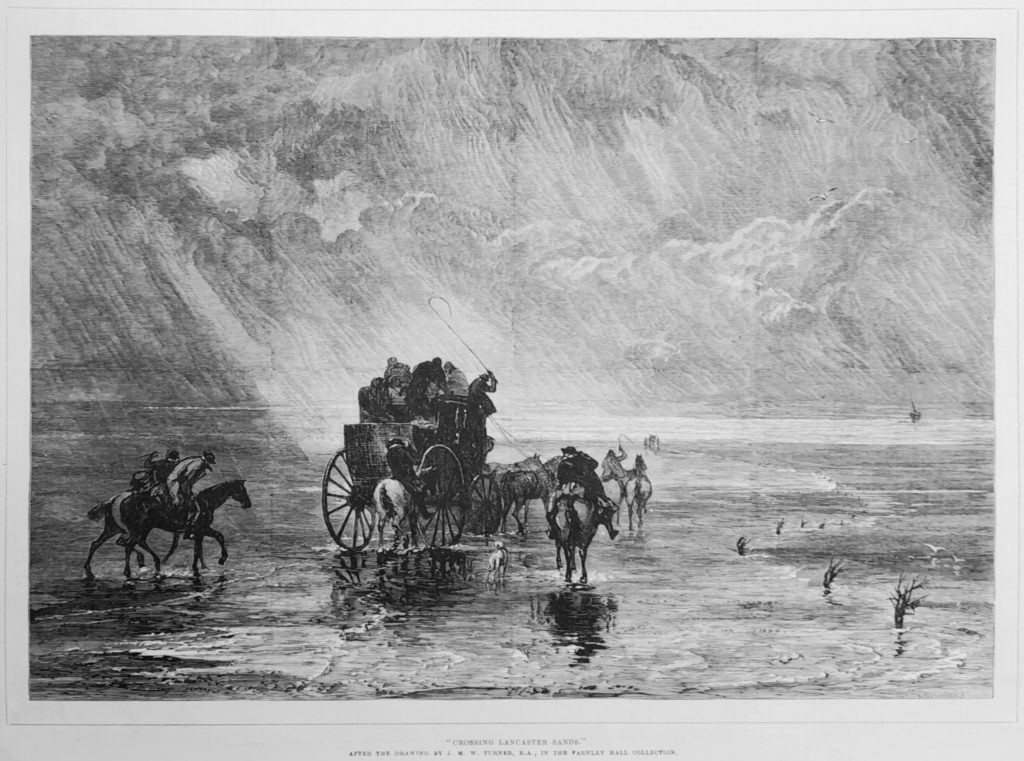
“Crossing Lancaster Sands” J Greenaway after JMW Turner, c.1806-26
In mild weather, with good tides, the journey must have been a very pleasant one but in harsh weather it must have been quite frightening. Below is an account from Ann Radcliffe reminiscing on her journey across the sands in 1794.
‘From the (Furness) Abbey we returned to Ulverston, and from thence crossed the sands of Lancaster, a ride singularly interesting and sublime…We took the early part of the tide, and entered these vast and desolate places before the sea had entirely left them or the morning mists were sufficiently dissipated…The body of the sea, on the right, was still involved, and the distant mountains on our left, that crowned the bay, were still viewless: but it was sublimely interesting to watch the heavy vapours beginning to move…and as they gradually dissipated, discovering through their veil the various objects they had concealed…’

Whipstock with silver mounts presented to Mr T Talbot 1847



